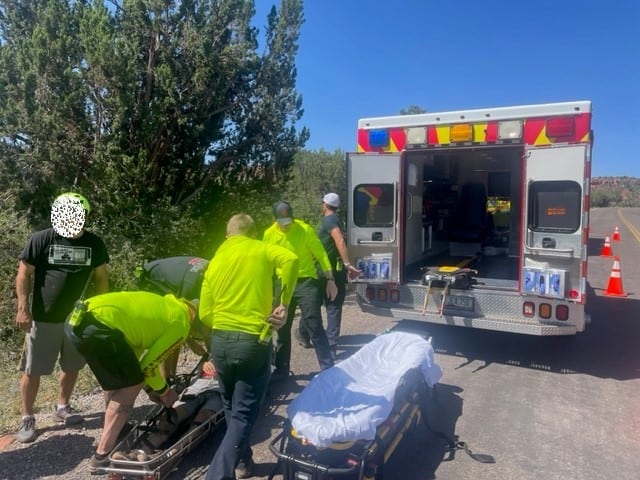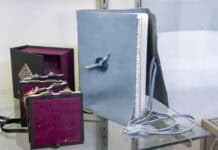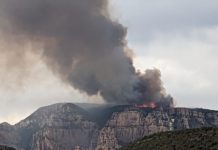
The Sedona Fire District responded to at least three separate trail rescues on Saturday, July 15.
“People are out and about when it’s too hot, and they’re not prepared for it,” SFD Chief Ed Mezulis said. “[The incidents] were spread throughout the district at different trails. There’s really not a trail where they happen the most. There’s that window between 10 a.m. [to] 4 p.m. when it’s just really hot, and no matter what trail we’re seeing issues with heat related injuries.”
SFD offered hiking safety tips for those unaccustomed to normal summer temperatures:
- Be off the trails from at least 10 a.m. to 5 p.m.
- Check the weather forecast before and during your hike
- Prehydrate at least a day prior to your hike
- Carry a minimum of a gallon of water or combination of water and electrolyte-based beverages per person
- Carry healthy snacks
- Wear light-colored, lightweight clothing and a hat
- Wear proper footwear
- Have a fully-charged cell phone
- Have an emergency plan
- Save the trail to your phone or get a map from the ranger station
- Let someone know you are going for a hike, on which trail, and your estimated time to start and return
- Hike with a buddy
- When you or your buddy begin to feel fatigue, turn around and return
- When you have depleted 1/3 of your water supplies, begin your return to your vehicle
The first half of 2023 was the third-warmest year to date on record. Global average temperature was 1.82 degrees Fahrenheit higher than the 20th-century average of 56.3 degrees according to National Weather Service data. The NWS has projected that “there is a greater than 99% chance that 2023 will rank among the 10-warmest years on record and a 97% chance it will rank among the top five.”
In Arizona, this has driven record electrical usage. While SFD was responding to heat incidents, the Arizona Public Service electricity utility recorded a new peak demand of 8,191 megawatts “for the most electricity used at once in APS history.” The previous record, which was set on Friday, July 14, only stood for one day. Meanwhile, Phoenix is expected to see over three weeks of temperatures at or above 110 degrees.
“Multiple factors contribute to increases in electricity use, including temperatures, humidity and more people and businesses moving to Arizona,” APS Vice President of Resource Management Justin Joiner said in a press release.
Sedona Communications and Public Relations Manager Lauren Browne said the heat has had no effects on the city’s operations apart from an anecdotal increase in demand for the community pool.
NWS data shows that the average daytime high temperature for Sedona this July has been 96.9 degrees, and additional high temperatures greater than 100 degrees are forecast during the next 10 days. Following a predicted high of 107 degrees on Friday, July 21, temperatures are expected to decline slightly to 101 degrees on Monday.
“The center of the high will drift into Utah and then over the Four Corners area over the weekend and then back to northern New Mexico next week,” the NWS stated on Thursday, July 20. “This will generally bring increasing moisture and slightly lower high temperatures — yet still above average for this time of year.”
The chance of thunderstorms is currently 20%, increasing to 60% on Monday.

















